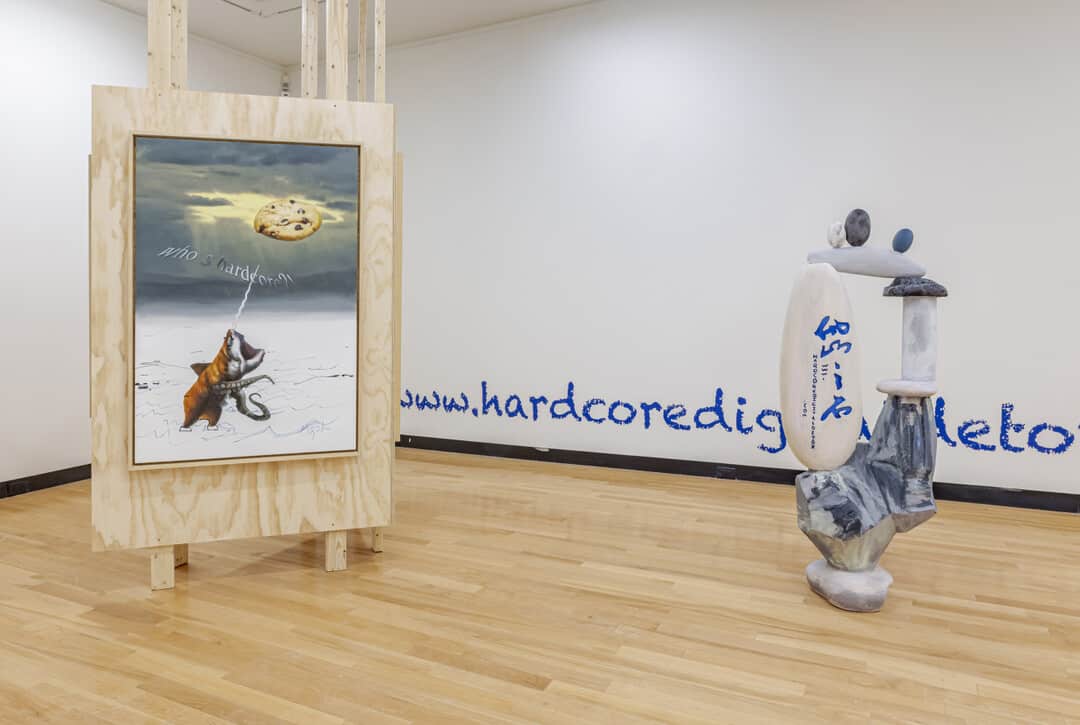On March 8, the U of T Art Museum and the John H. Daniels Faculty of Architecture, Landscape, and Design hosted a talk, available both online and in person, with Shanghai- and New-York-based artist Miao Ying.
The discussion, which Ying participated in virtually, focused on her exhibition A Field Guide to Ideology. This exhibit is Ying’s first gallery presentation in Canada and centres largely around censorship in China, especially with regard to internet culture.
It features iterations of Ying’s two recent projects Chinternet Plus and Hardcore Digital Detox: the former comments on a recent Chinese economic strategy “Internet Plus” through videos, seductive imagery, wallpapers, memes, and slogans; and the latter focuses on the economy and on the commodification of personal lifestyles in a post-materialist society. The exhibit is currently on display at the Justina M. Barnicke Gallery.
Ying described her experience living in China as being similar to having “a really bad boyfriend.” She’d initially recognized the danger of her country’s censorship but later became vulnerable to its power. She noted that censorship became really apparent when she moved back to China in 2010 after living in the US. She started to notice that in China, common social media applications were being replaced by local websites.
While at first Ying avoided using local websites to get information for her pieces — because “[they] don’t even tell you what’s censored” — she later decided that it was better to “embrace” the censorship by seeing how creative she could be in that environment. Ying eventually found that the more she lived under censorship, the more self-censorship she engaged in.
Ying presented a scan of a Google search featured in A Field Guide to Ideology, which censored certain terms. She explained that one of the websites was censored because it used a word that describes “a really common Chinese dish… Like, what’s wrong with… nutritious vegetables?”
Ying’s exhibit also explores censorship in Western cultures on social media platforms, such as Facebook, that curate users’ newsfeeds based on follower activity or content they interact with.
“In the Western [world], you know, there’s freedom of speech,” Ying described. “You’re not aware of that control by the algorithm. You’re actually thinking that you’re seeing everything — but it’s actually just people who are similar to you.”
Despite the serious nature of her work, however, Ying said that it was important for her to maintain a sense of humour through art. In her travels between China and the US, she discovered differences in the medicines used in both countries, which made her realize that “there’s a whole world that [she didn’t] notice before.” Given the severity of the censorship in China, Ying explained: “I wanted to use humour… because the work itself is already serious.”
Though much of Ying’s art addresses censorship, the artist noted that she doesn’t want her work to be “just about censorship.” Rather, she would describe her work as an accumulation of information she consumed throughout her life.
A Field Guide to Ideology is on display at U of T’s Justina M. Barnicke Gallery until April 2.


